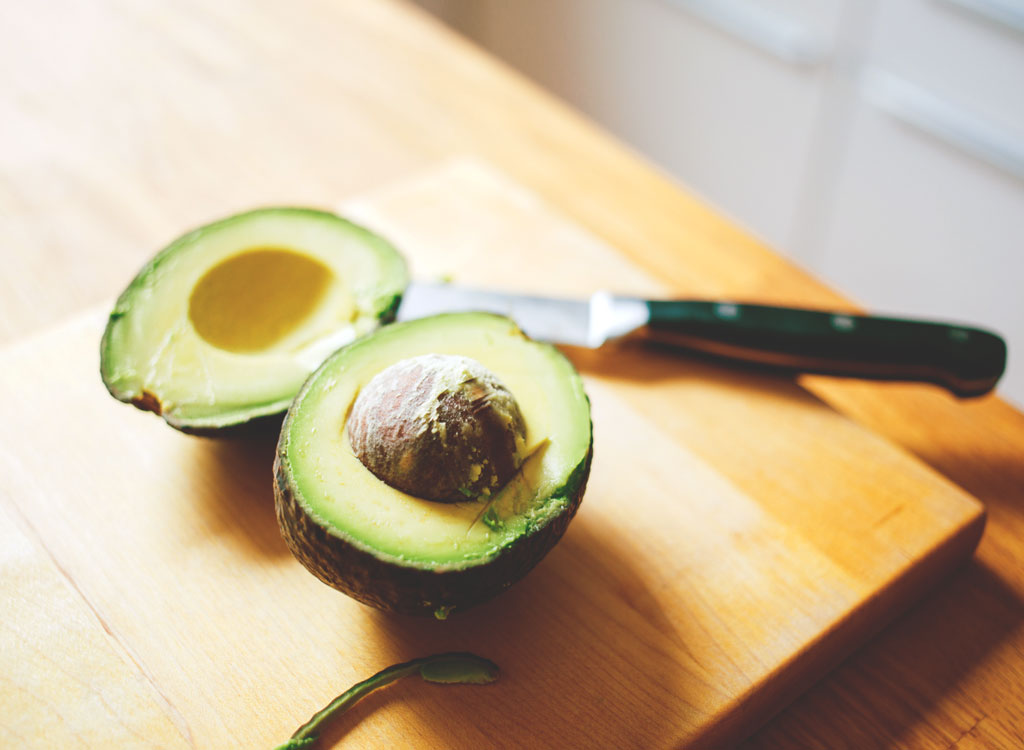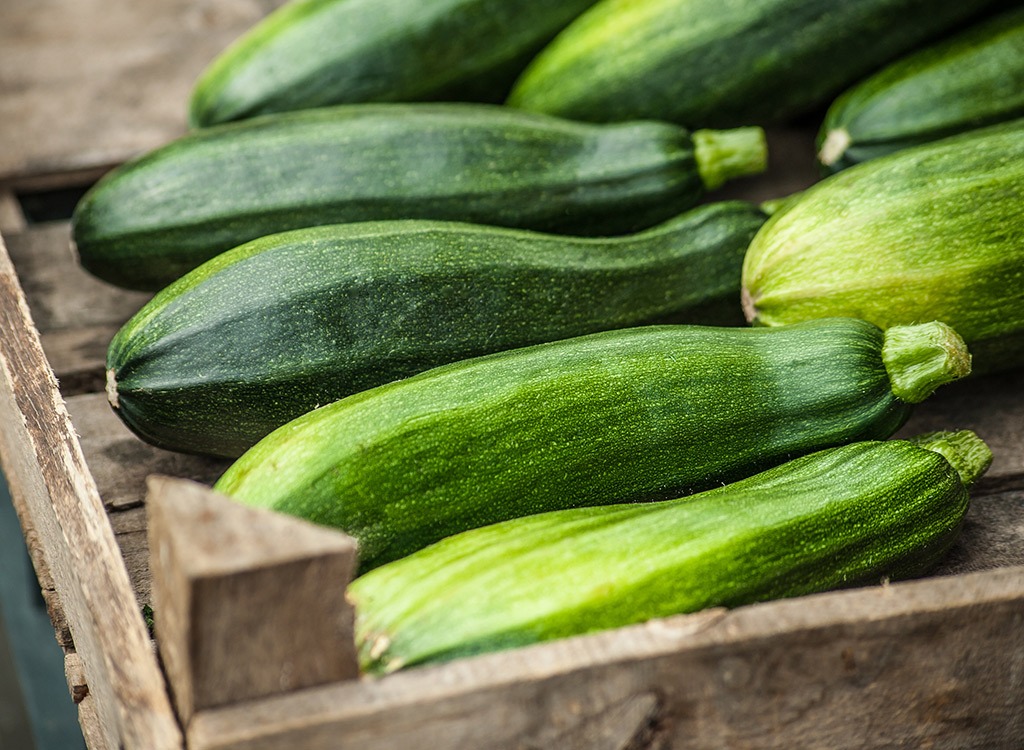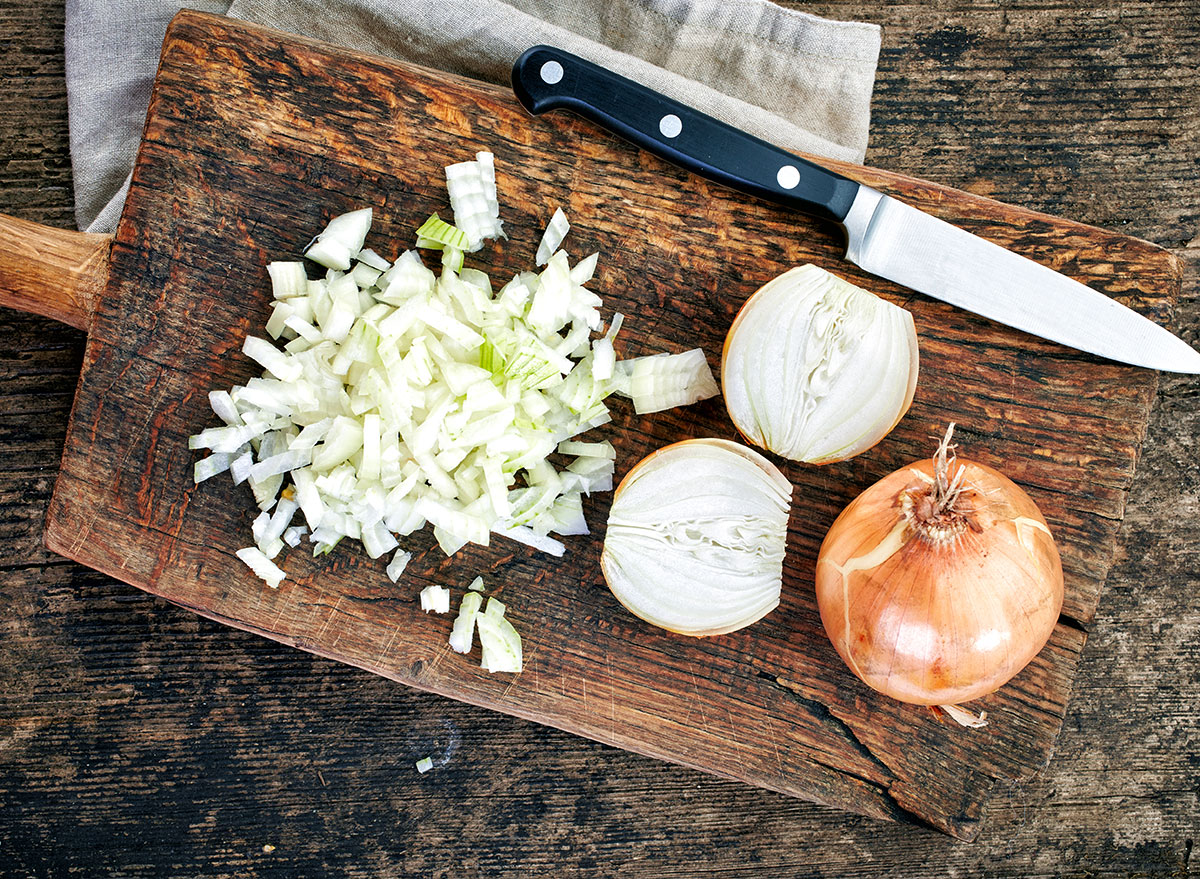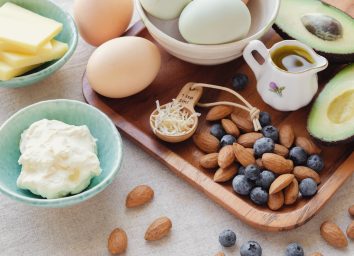25 Keto Vegetables That Keep You In Ketosis When You're Eating Low-Carb

Watching out for carbohydrates is something people following the keto diet do frequently. Sometimes with whole foods and produce, it's hard to know exactly what nutrients are in a serving. Just like other foods, some vegetables have a higher net carb count than others. We've gathered 25 vegetables that have lower carb counts and won't affect ketosis, ranked from the least amount of net carbs to the most.
Spinach

0.4 g of net carbs
One cup of raw spinach only contains 0.4 grams of net carbs. It is also a great source for omega-3 fatty acids, vitamin A, and vitamin K. the leafy green is also super versatile, as it can be used as the base for salads, in sandwiches, sautéed, and, of course, frozen for smoothies (like in this green keto shake).
Artichokes

0.9 g of net carbs
Artichokes are not only loaded with antioxidants, but they also contain vitamin C and no cholesterol. They are also versatile and can be used in many keto recipes, like this spinach artichoke dip.
Garlic

0.9 g of net carbs
Chances are you don't use more than about five cloves of garlic in one meal, but multiply the nutritional info by the number you use to see just how many net carbs are added to the meal. It won't be too much so you won't risk getting out of ketosis, but you'll still get all the flavor you need.
Avocado

1 g of net carbs
With their high healthy fat count, avocados are great whole foods to eat to keep you in ketosis. They also are great alternatives for high-carb butter, mayonnaise, and other spreads. Plus, avocados are full of great health benefits!
Lettuce

1.4 g of net carbs
Raw iceberg lettuce is extremely low in carbohydrates, making it a safe bet for those following the keto diet. Many restaurant menu items use it in dishes that are safe for staying in ketosis.
Mushrooms

1.6 g of net carbs
Mushrooms not only have an extremely low sodium amount, but they're also low-carb. They're easy to saute and are great for any meal, including this keto-friendly breakfast!
Celery

1.9 g of net carbs
These crunchy stalks are 96 percent water and low-carb. In addition to being super hydrating, one cup also contains a good amount of vitamin K. They are great for a snack when paired with peanut butter.
Eggplant

1.9 g of net carbs
Eggplant is extremely versatile in cooking as it doesn't have a strong taste and bakes well. It contains antioxidants and has a low net carb count.
Cauliflower

2 g of net carbs
The trend of cauliflower everything has not gone away, and for good reason. The vegetable is versatile (hello, cauliflower rice) and low-carb.
Radish

2.1 g of net carbs
Raw radishes are great for throwing on top of salads, and they're also low in net carbs! They are also a great source for vitamin B6, which helps support immune function.
Asparagus

2.4 g of net carbs
Asparagus is high in iron, vitamins A, C, and K, and also has a low net carb count. Wrap the asparagus in prosciutto for a quick keto-friendly appetizer.
Zucchini

2.8 g of net carbs
While other varieties of squash (like butternut) contain quite a few carbohydrates, one cup of raw zucchini only has 2.8 net carbs. They are easy to cook, by sautéing them, roasting them, steaming them, or grilling them.
Cabbage

3 g of net carbs
Cabbage may not have the reputation of other leafy greens, but it certainly is low in carbohydrates and is great for your heart health.
Cucumbers

3.2 g of net carbs
Add cucumbers to a salad or sandwich, or use them as the base for a keto-friendly snack like everything cream cheese cucumbers. They are super hydrating and also contain 2.6 mg of omega-3 fatty acids.
Broccoli

3.6 g of net carbs
Broccoli has a high water content (which accounts for 89 percent of the vegetable), resulting in a low carb count. Plenty of keto recipes use broccoli, like this one for sheet-pan Italian pork chops.
Fennel

3.6 g of net carbs
You may not hear much about fennel, but it is a low-carb. The seeds are easy to cook with and help to debloat.
Tomato

4 g of net carbs
This fruit, which we cook like a vegetable, is not only high in vitamin C, but it also contains antioxidants and reduce cholesterol.
Brussels Sprouts

4.6 g of net carbs
You may not know it, but one cup of Brussels sprouts accounts for 125 percent of your daily value of vitamin C and 195 percent of your daily value of vitamin K. Their low net carb count will also keep you in ketosis, so enjoy this fall vegetable whenever you can!
Kale

4.7 g of net carbs
You won't have to worry about leaving ketosis when having kale. With a low net carb count and high level of protein per cup, you are also getting 354 percent of your daily value of vitamin A and 1,328 percent of your daily value of vitamin K, which is extremely healthy for helping to clot blood and avoid excessive bleeding.
Bell Peppers (Red)

5.9 g of net carbs
Bell peppers come in many color options—red, yellow, orange and green—but the red ones are the sweetest. They are great for filling you up and limiting carbs without a whole lot of calories.
Green Beans

5.9 g of net carbs
One cup of raw green beans has 2.7 grams of fiber, but boil them and that increases to 4 grams, thus also decreasing the net carbs.
Onion

8 g of net carbs
Onions are in many savory dishes, and using them in your dishes won't hurt a ketosis state. They are also naturally sodium- and cholesterol-free.
Carrot

8.7 g of net carbs
Carrots are a little higher in net carbs than other vegetables, but don't let that deter you from eating them. One cup won't set you back, as it would take a larger cheat meal to get you out of ketosis.
Peas

16.2 g of net carbs
Another vegetable that is a little higher in carbohydrates is peas. When boiled, one cup has 16.2 grams of net carbs but also 8.6 grams of protein. Using them sparingly in recipes and as main components will help you stay in ketosis.
Parsnip

17.4 g of net carbs
Yes, raw parsnips are a little high in net carbs than other vegetables, but once boiled, the net carbs are reduced to 11. Use them as one of the main components in a meal (like a variation of pasta) and they are safe for the keto diet.








